Growing Environmental Awareness
The Pellistor Bead Chemical Sensor Market is significantly impacted by the growing awareness of environmental issues. As concerns regarding air quality and pollution intensify, industries are compelled to adopt technologies that monitor and control emissions. Pellistor bead sensors play a crucial role in detecting harmful gases, thereby aiding compliance with environmental regulations. Governments and regulatory bodies are increasingly enforcing stringent emission standards, which drives the demand for reliable gas detection systems. This trend is expected to result in a substantial increase in the adoption of Pellistor bead sensors across various sectors, including automotive, manufacturing, and waste management. The market is anticipated to expand as organizations recognize the importance of environmental stewardship, potentially leading to a market growth rate of 7% annually.
Expansion of Industrial Applications
The expansion of industrial applications for Pellistor bead sensors is a key driver in the Pellistor Bead Chemical Sensor Market. These sensors are increasingly utilized in diverse sectors, including pharmaceuticals, agriculture, and mining, where gas detection is critical for operational safety and efficiency. The versatility of Pellistor bead sensors allows them to be employed in various environments, from confined spaces to outdoor settings, enhancing their appeal across industries. As more sectors recognize the necessity of gas monitoring systems, the demand for Pellistor bead sensors is expected to rise. Market projections suggest that the diversification of applications could lead to a 10% increase in market size by 2026, highlighting the adaptability and relevance of these sensors in contemporary industrial practices.
Rising Demand for Safety and Security
The Pellistor Bead Chemical Sensor Market experiences a notable surge in demand driven by heightened safety and security concerns across various sectors. Industries such as oil and gas, chemical manufacturing, and food processing increasingly prioritize the detection of hazardous gases to ensure worker safety and regulatory compliance. The market is projected to grow as organizations invest in advanced sensor technologies to mitigate risks associated with gas leaks and toxic emissions. This trend is further supported by stringent regulations mandating the use of reliable gas detection systems, thereby propelling the adoption of Pellistor bead sensors. As a result, the Pellistor Bead Chemical Sensor Market is likely to witness a compound annual growth rate (CAGR) of approximately 6% over the next few years, reflecting the critical role these sensors play in maintaining safe operational environments.
Technological Advancements in Sensor Design
Technological advancements in sensor design significantly influence the Pellistor Bead Chemical Sensor Market. Innovations in materials and manufacturing processes enhance the sensitivity and selectivity of Pellistor bead sensors, allowing for more accurate detection of a wider range of gases. Recent developments include the integration of nanomaterials and improved calibration techniques, which contribute to the overall performance and reliability of these sensors. As industries seek to adopt more efficient and effective gas detection solutions, the demand for advanced Pellistor bead sensors is expected to rise. Market analysts indicate that the introduction of next-generation sensors could lead to a 15% increase in market penetration by 2027, underscoring the importance of continuous innovation in the Pellistor Bead Chemical Sensor Market.
Increased Investment in Research and Development
Increased investment in research and development (R&D) is a significant driver for the Pellistor Bead Chemical Sensor Market. Companies are allocating substantial resources to innovate and improve sensor technologies, aiming to enhance performance, durability, and cost-effectiveness. This focus on R&D is crucial as it enables manufacturers to stay competitive in a rapidly evolving market. Collaborations between industry players and research institutions are fostering the development of next-generation Pellistor bead sensors that meet the growing demands of various applications. As a result, the Pellistor Bead Chemical Sensor Market is likely to benefit from a wave of new products and solutions, potentially leading to a market growth rate of 8% over the next few years, as organizations seek to leverage advanced technologies for better gas detection.

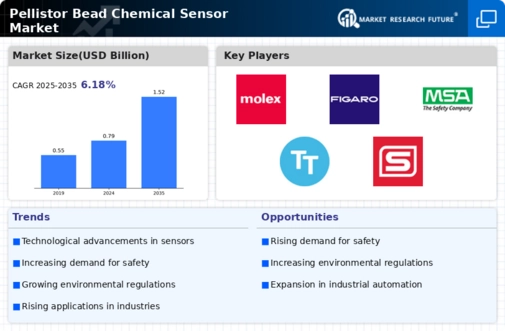
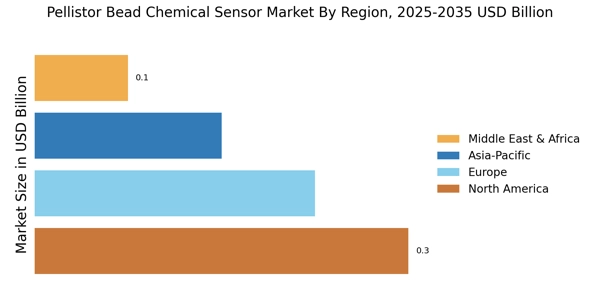
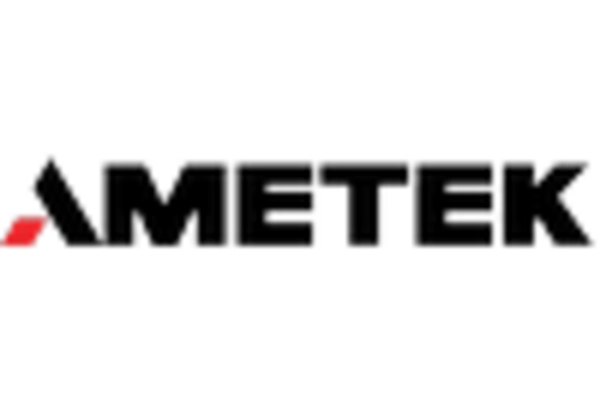
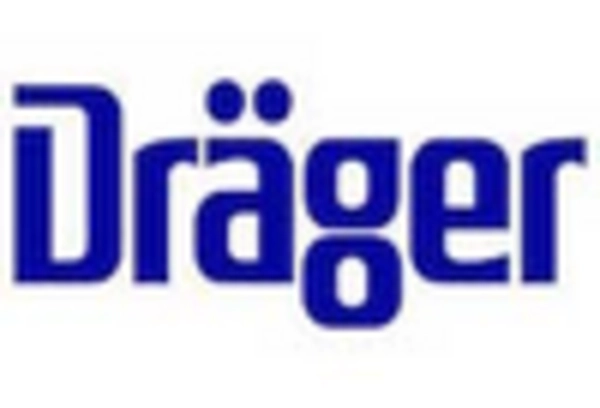


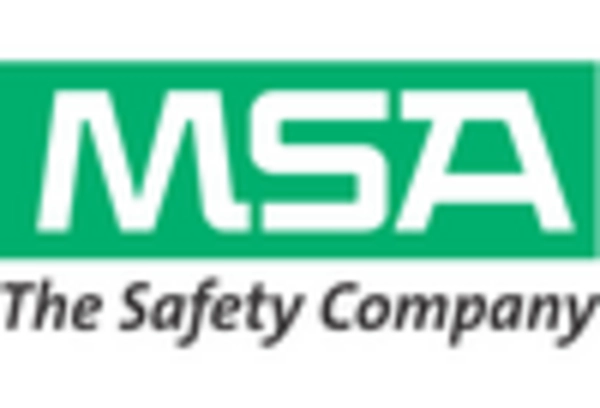
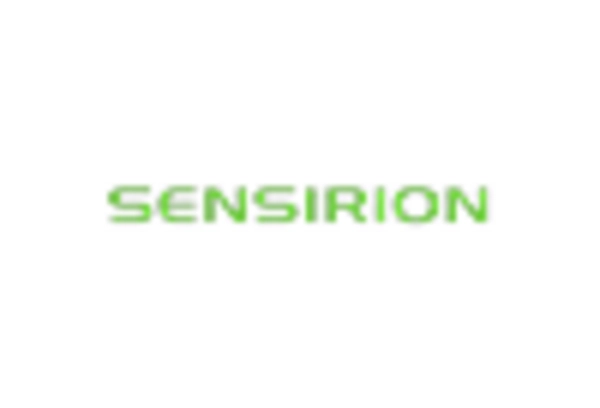








Leave a Comment